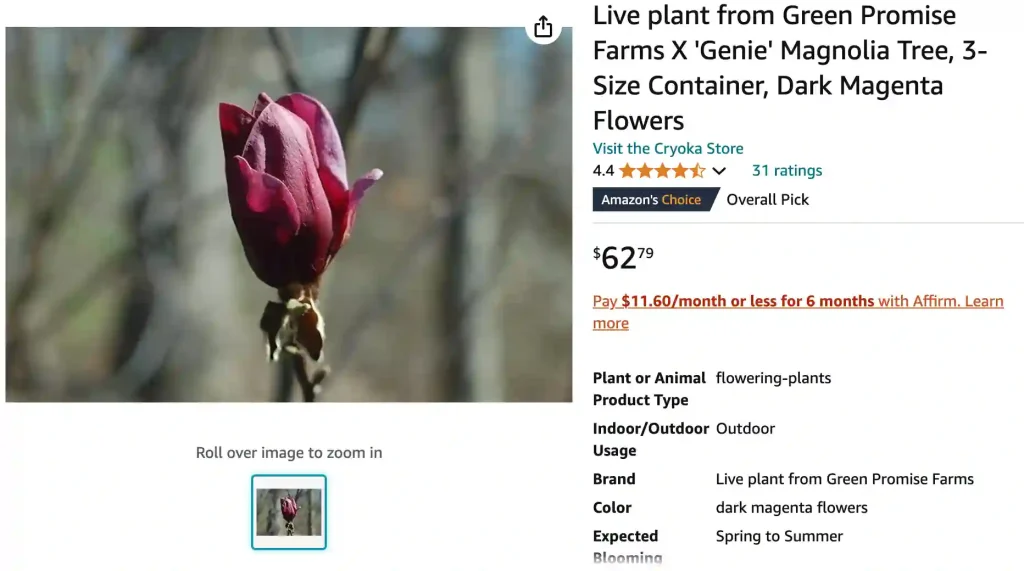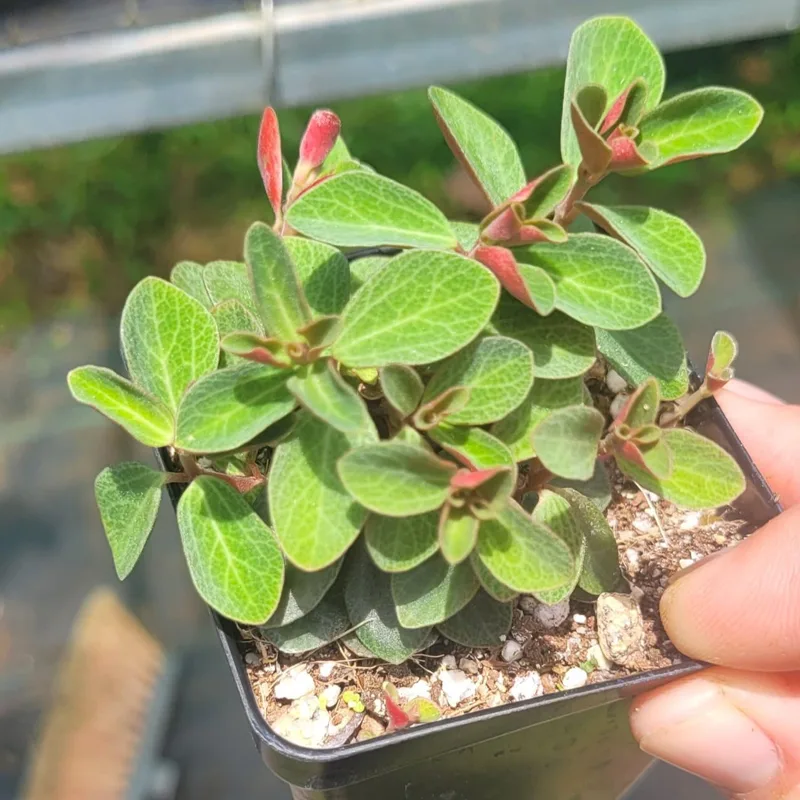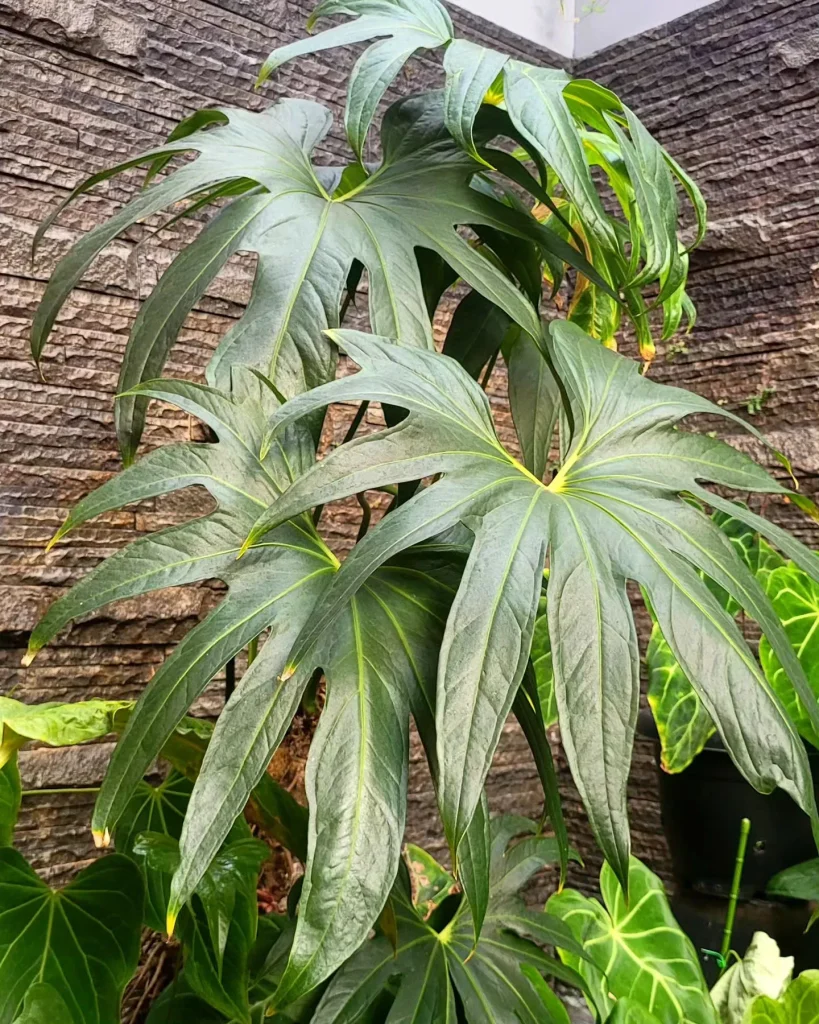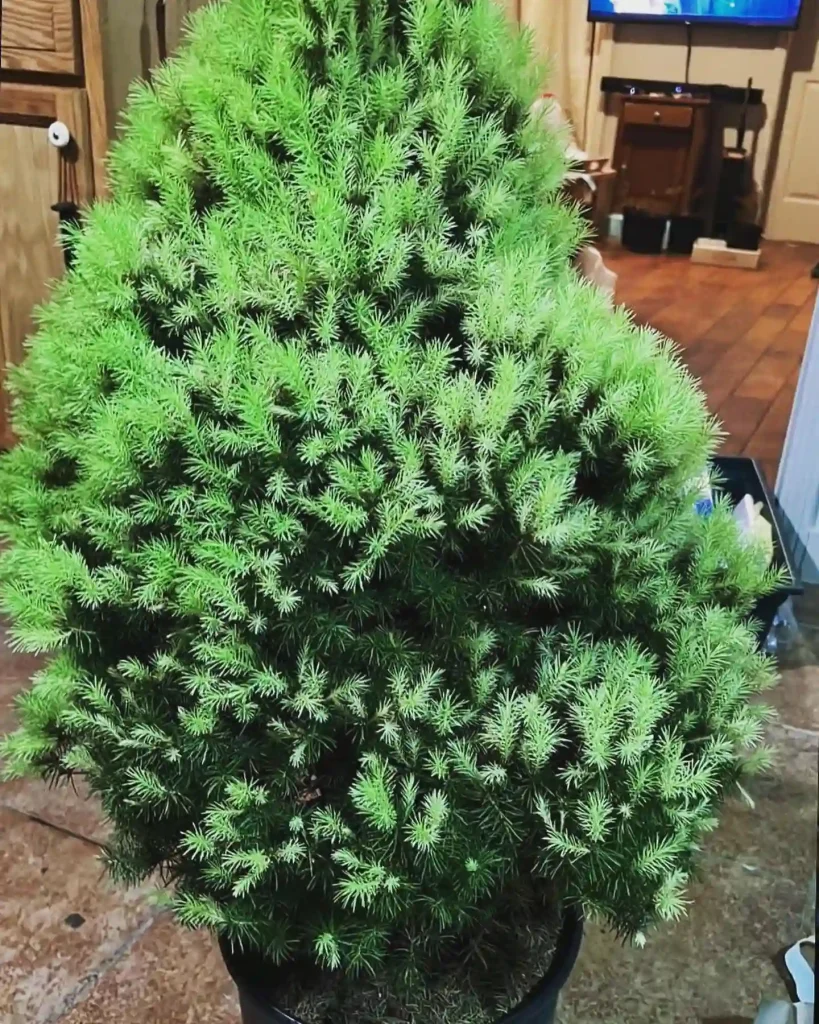
FAQs About Genie Magnolia
I’ve recently delved into the world of Genie Magnolia, a beautiful addition to any garden, and I’ve gathered answers to some common questions people have about this plant. If you’re considering adding a Genie Magnolia to your landscape, you might find the following information helpful.
371 Species in Genus Magnolia
What Type of Magnolia Is Genie?
Genie Magnolia is a hybrid variety of magnolia known for its compact size and stunning flowers. It’s a cross between Magnolia liliiflora and Magnolia stellata, which combines the best traits of both parent species. This hybrid is valued for its smaller stature and the striking, tulip-shaped blooms that appear in a deep pink color. Its compact growth makes it an excellent choice for smaller gardens or urban settings.
When Does Magnolia Genie Flower?
One of the highlights of Genie Magnolia is its impressive flowering period. This variety typically blooms in late winter to early spring, often starting around March. The flowers are a vibrant pink and can last for several weeks, providing a beautiful display before many other plants begin their growing season. This early bloom makes it a standout feature in the garden when many other plants are still dormant.
How to Grow Genie Magnolia?
Growing Genie Magnolia is relatively straightforward, but it does require some attention to detail to ensure it thrives. Here are a few key tips:
- Location: Genie Magnolias prefer full sun to partial shade. They need at least 4-6 hours of direct sunlight each day for optimal growth and blooming.
- Soil: Well-drained soil is crucial. Magnolia Genie does best in loamy, acidic soil. Ensure the soil has good drainage to prevent root rot.
- Watering: Keep the soil consistently moist but not waterlogged. Water the plant deeply during dry periods, but allow the top inch of soil to dry out between waterings.
- Fertilizing: Fertilize in early spring with a balanced, slow-release fertilizer designed for flowering shrubs. Avoid over-fertilizing, as this can lead to excessive leaf growth at the expense of blooms.
Can You Grow Magnolia Genie in a Pot?
Yes, you can grow Genie Magnolia in a pot, which is ideal for those with limited garden space or those looking to add a splash of color to a patio or balcony. Choose a large pot with good drainage holes and use a high-quality potting mix. Ensure that the pot is large enough to accommodate the plant’s root system as it grows. Keep in mind that container-grown plants may require more frequent watering and fertilizing than those planted directly in the ground.
Where to Buy Magnolia Genie?
Finding a Genie Magnolia can sometimes be a bit of a quest. Your best bets are local nurseries or garden centers that specialize in ornamental plants. Many online retailers also offer Genie Magnolia, providing the convenience of home delivery. When buying online, check the reviews and ratings of the seller to ensure you’re getting a healthy plant.
Where Can I Buy Magnolia Genie in Virginia?
In Virginia, several reputable nurseries and garden centers offer Magnolia Genie. You might want to visit local botanical gardens or plant shows to find reputable sellers. Additionally, online options such as specialty plant retailers or local delivery services can help you find a Genie Magnolia suitable for your Virginia garden.
How to Care for Magnolia Genie?
Caring for Genie Magnolia involves regular maintenance to keep the plant healthy and thriving:
- Pruning: Prune after flowering to maintain the plant’s shape and remove any dead or diseased wood. Avoid heavy pruning, as it can affect blooming.
- Mulching: Apply a layer of mulch around the base to help retain soil moisture and regulate soil temperature.
- Pest and Disease Control: Genie Magnolia is generally resistant to pests, but keep an eye out for common issues such as scale insects or fungal diseases. Treat problems early to prevent damage.
Can You Grow Genie Magnolia Indoors?
While Genie Magnolia is primarily an outdoor plant, it is possible to grow it indoors in a very large container. However, it requires ample sunlight and space, which can be challenging to provide indoors. If you’re set on growing it inside, ensure it gets at least 4-6 hours of direct sunlight and monitor the indoor conditions closely.
Is Genie Magnolia Toxic?
Genie Magnolia is not considered toxic to pets or humans. However, as with many plants, it’s best to keep it out of reach of small children and pets who might chew on the leaves or flowers.
Common Problems and Solutions
- Leaf Drop: If your Genie Magnolia is dropping leaves, it may be due to insufficient water or a sudden change in environmental conditions. Ensure consistent watering and avoid drastic changes in location.
- Flower Bud Drop: This can occur due to stress from drought or poor soil conditions. Regular watering and proper soil care can help prevent this issue.
What to Plant with Genie Magnolia?
Genie Magnolia pairs well with other spring-flowering shrubs and perennials. Consider planting it alongside rhododendrons, azaleas, or hostas to create a vibrant and colorful garden display. The contrast between the bold pink flowers of Genie Magnolia and the lush foliage of other plants can create a stunning visual effect.
By understanding these aspects of Genie Magnolia, you can better prepare for planting and caring for this beautiful shrub. Whether you’re adding it to a garden bed or growing it in a pot, Genie Magnolia is sure to be a charming and elegant addition to your landscape.
If i die, water my plants!



